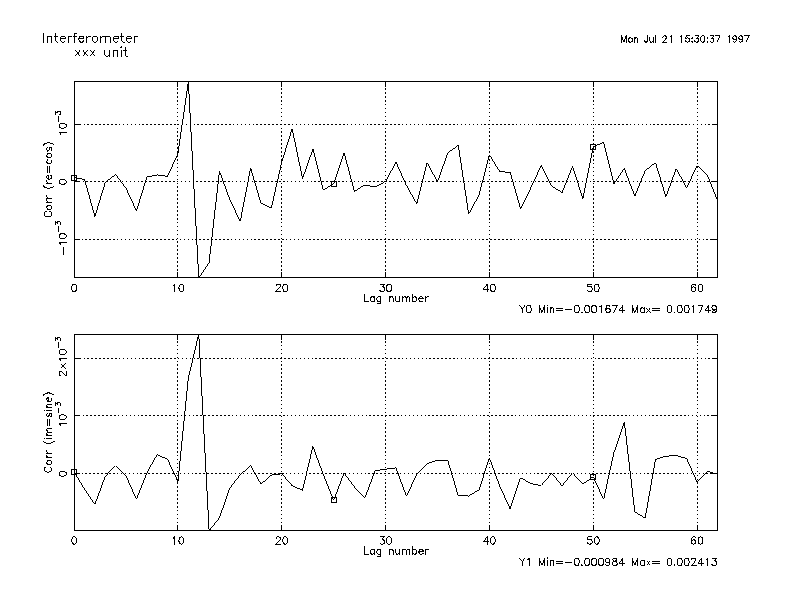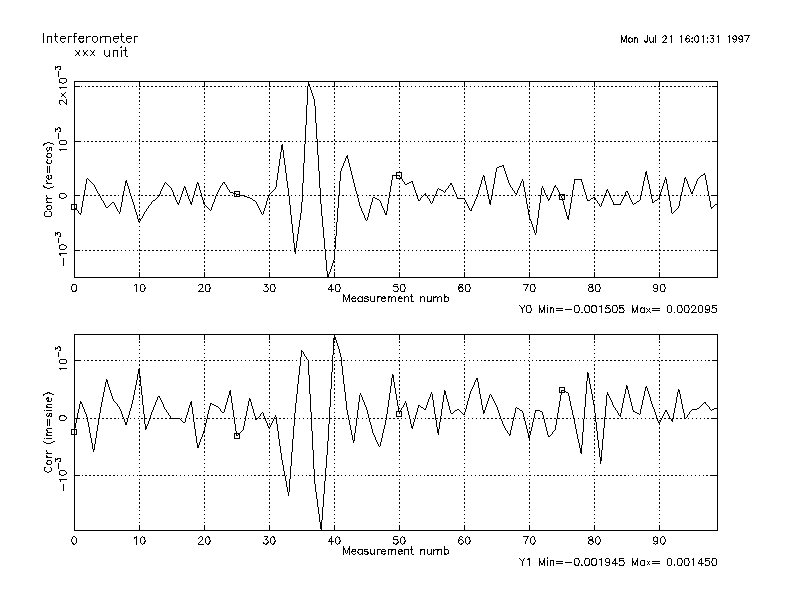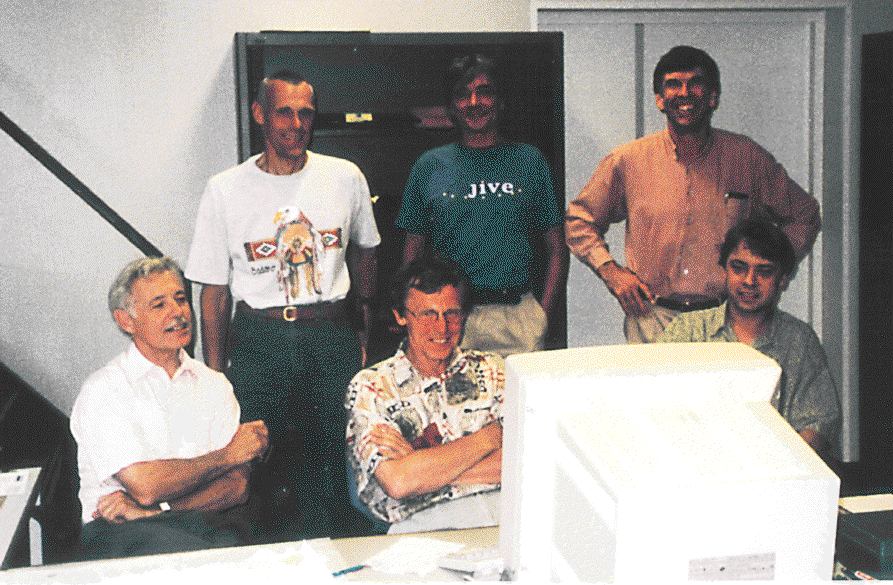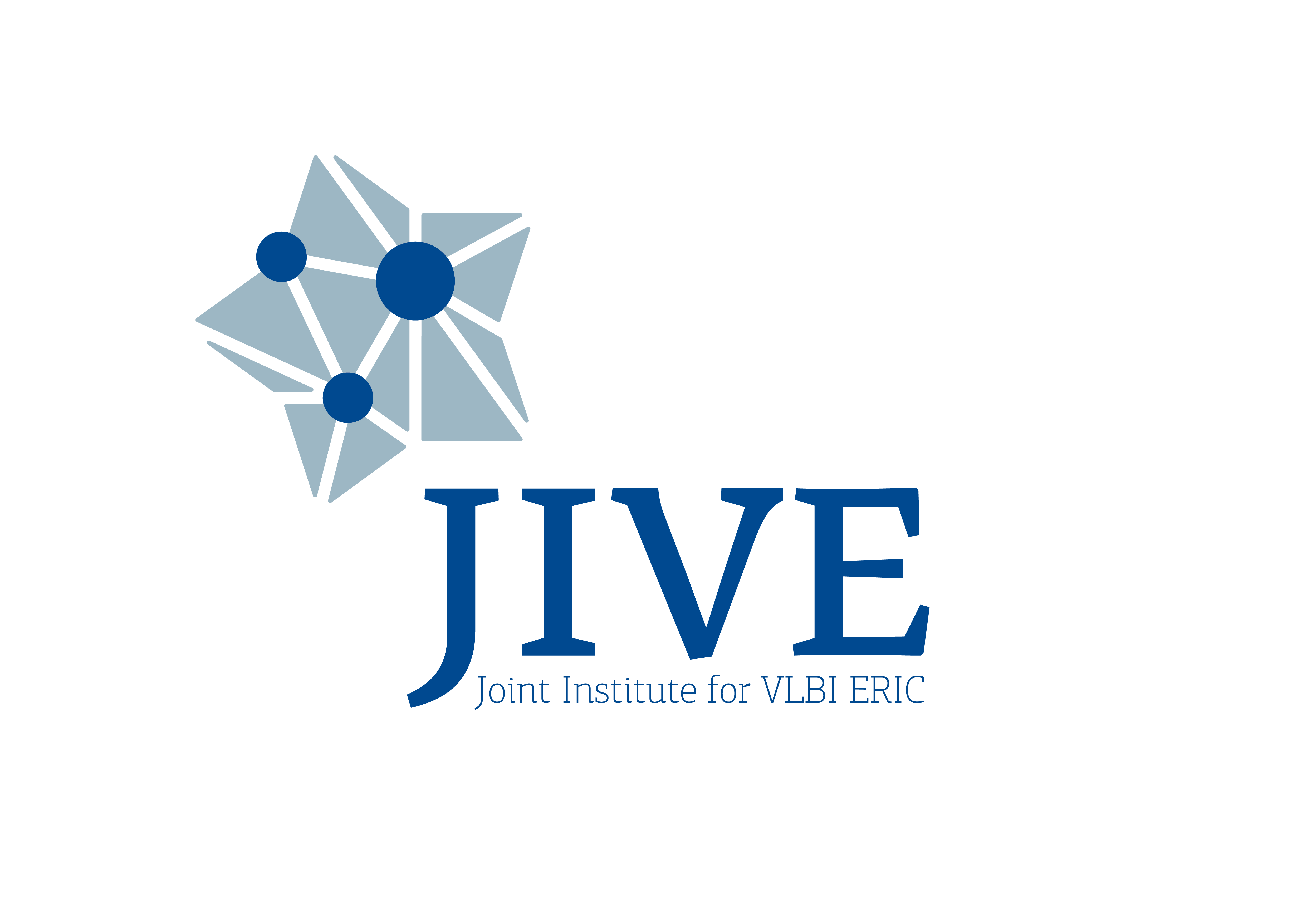We are pleased to announce the detection of "first fringes" on the prototype MkIV data processor at JIVE, Dwingeloo on 21 July 1997.
This is the result of several years of effort by the International Advanced Correlator Consortium which links institutes in Europe and the USA in a fifty-fifty collaboration to develop new technology for MkIV VLBI correlators, the new correlator for the Westerbork telescope, and for the correlator for the Smithsonian sub-Millimeter Array. The institutes involved in Europe are the Joint Institute for VLBI in Europe (Dwingeloo, NL), the Netherlands Foundation for Research in Astronomy (Dwingeloo, NL), the Nuffield Radio Astronomy Laboratories (Jodrell Bank, UK), and the Institute of Radio Astronomy (Bologna Italy), supported by the European Consortium for VLBI.In the USA, a consortium of NASA Goddard Space Flight Center, U.S. Naval Observatory, Smithsonian Center for Astrophysics, and the Institute for Applied Geodesy (Germany) support work at the MIT Haystack Observatory.
The prototype system used for this demonstration of first fringes is a novel variant on usual VLBI practice, necessitated by the availability of only one Station Unit at the present time. (The Station Unit interfaces the playback drive to the correlator.) Data from two remote telescopes were recorded on a single tape and replayed into the correlator through the single station unit as if they originated from two tapes. The Jodrell Bank Lovell 76m telescope and the Cambridge 32m telescope, separated by about 210 km, observed 4C39.25 at 18 cm about 2.5 hours after transit on 13 September 1996. The data from Cambridge were transferred to Jodrell Bank on the MERLIN radio link and written on the even tracks of a MkIII tape in Mode C. Data from the Lovell telescope were written on the odd tracks. Only one 2 MHz band, at 1656.79 MHz, was correlated.

A large total delay (1178 micro-sec) had to be removed before correlation. The total rate was set at 57.13 Hz. The first figure shows a complex correlation function for two seconds of data, obtained Monday 21 July, 13:30 UT. The detection is close to the expected delay value (except for the usual confusion in the sign convention to be used). Channel 12 corresponds to a residual delay of approximately 4.8 micro-sec.

The second plot shows the response in time (in multiples of 2s) for the delay channel corresponding to the detection in Figure 1. It clearly shows the residual fringe rate of approximately 100 mHz. Note that furthermore that the amplitude of several 10E-3 is close to the expected value for a strong source like 4C39.25. The detection is repeatable with several different parameter settings.
A much larger parameter space remains to be tested, but this is a major milestone on the road to operational correlators.
This detection caused a first smile on the faces of local project team members.

Thanks to Harro Verkouter for being behind rather than in front of the camera.
Many people have contributed to this result. In Europe, Bryan Anderson, Silvia de Beer, Paul Billington, Albert Bos, Jan Buiter, Salvatore Buttaccio, Jean Casse, Alessandro Cattani, Paul de Jong, Huib Jan van Langevelde, Andrea Maccaferri, Paul Maguire, Rob Millenaar, Stelio Montebugnoli, Roger Noble, Steve Parsley, Sergei Pogrebenko, Peter Shepherd, Gino Tuccari, Harro Verkouter, Sjouke Zwier. In the USA, Will Aldrich, John Ball, Peter Bolis, John Canaris, Roger Cappallo, Kevin Dudevoir, Joel Goodman, Jim Levine, Colin Lonsdale, Stuart Sherman, Dan Smythe, and Ken Wilson.
We thank Paul Burgess and Ralph Spencer for observing the test data, and Dave Graham for checking out the test tape at the MPIfR correlator.
